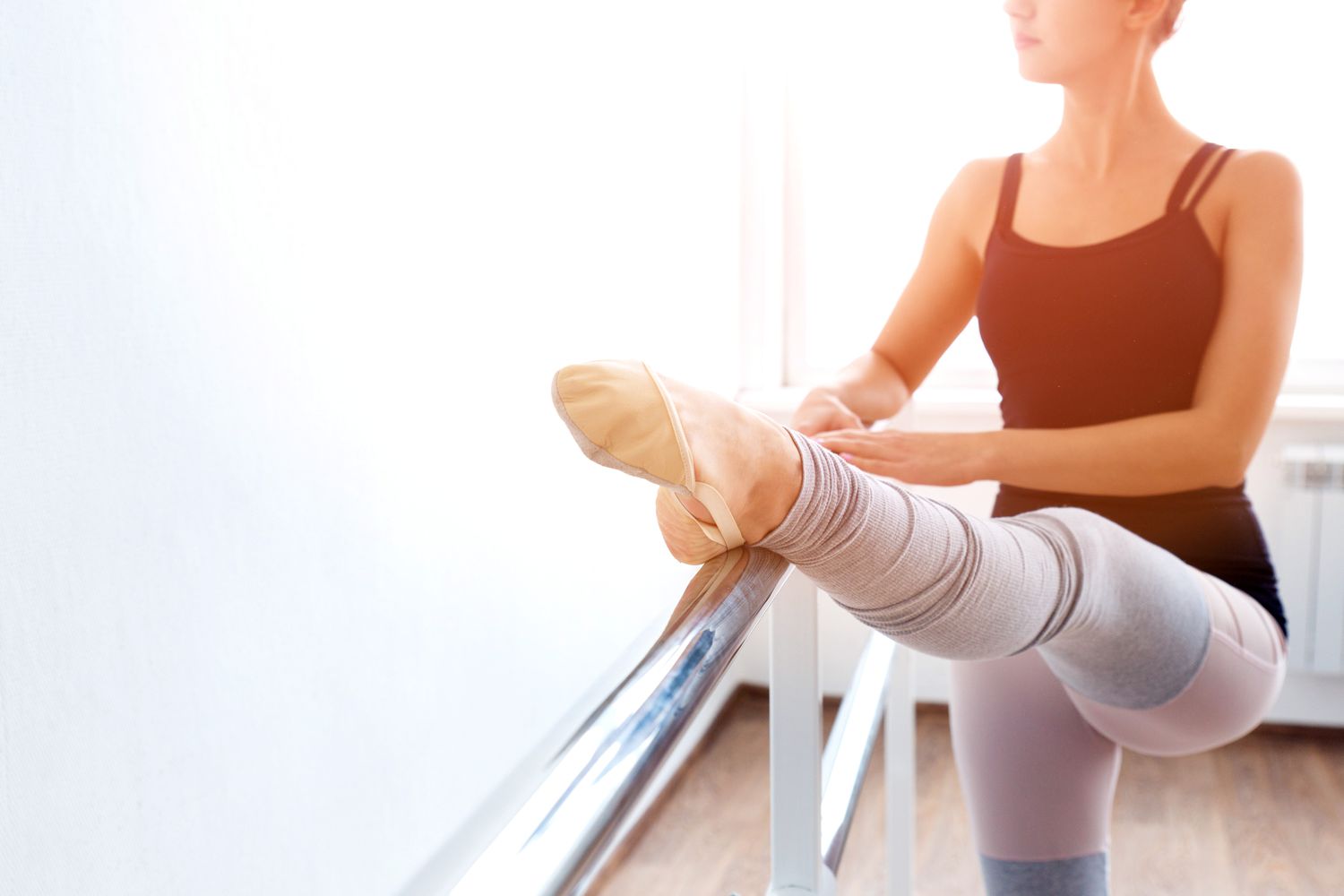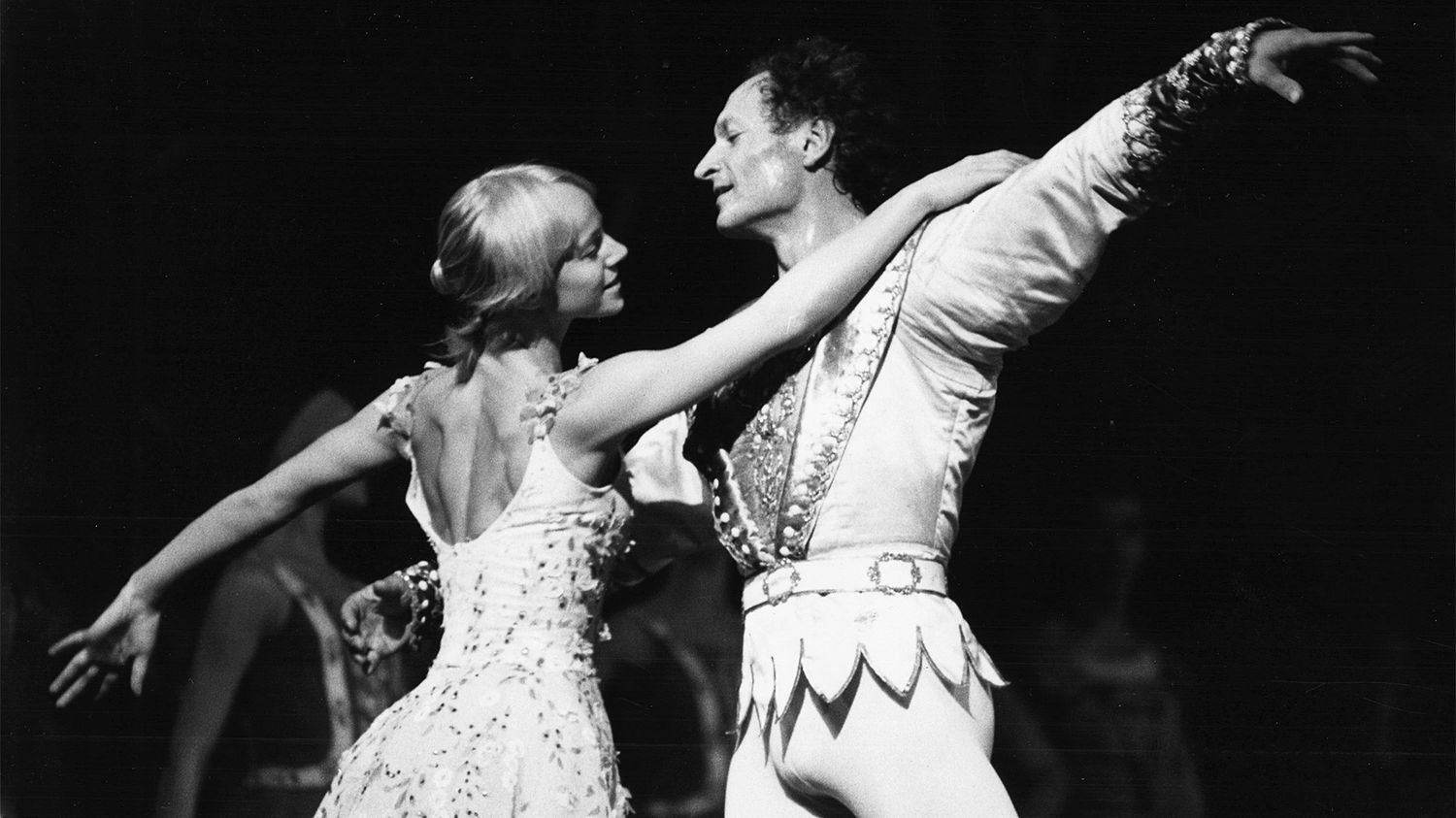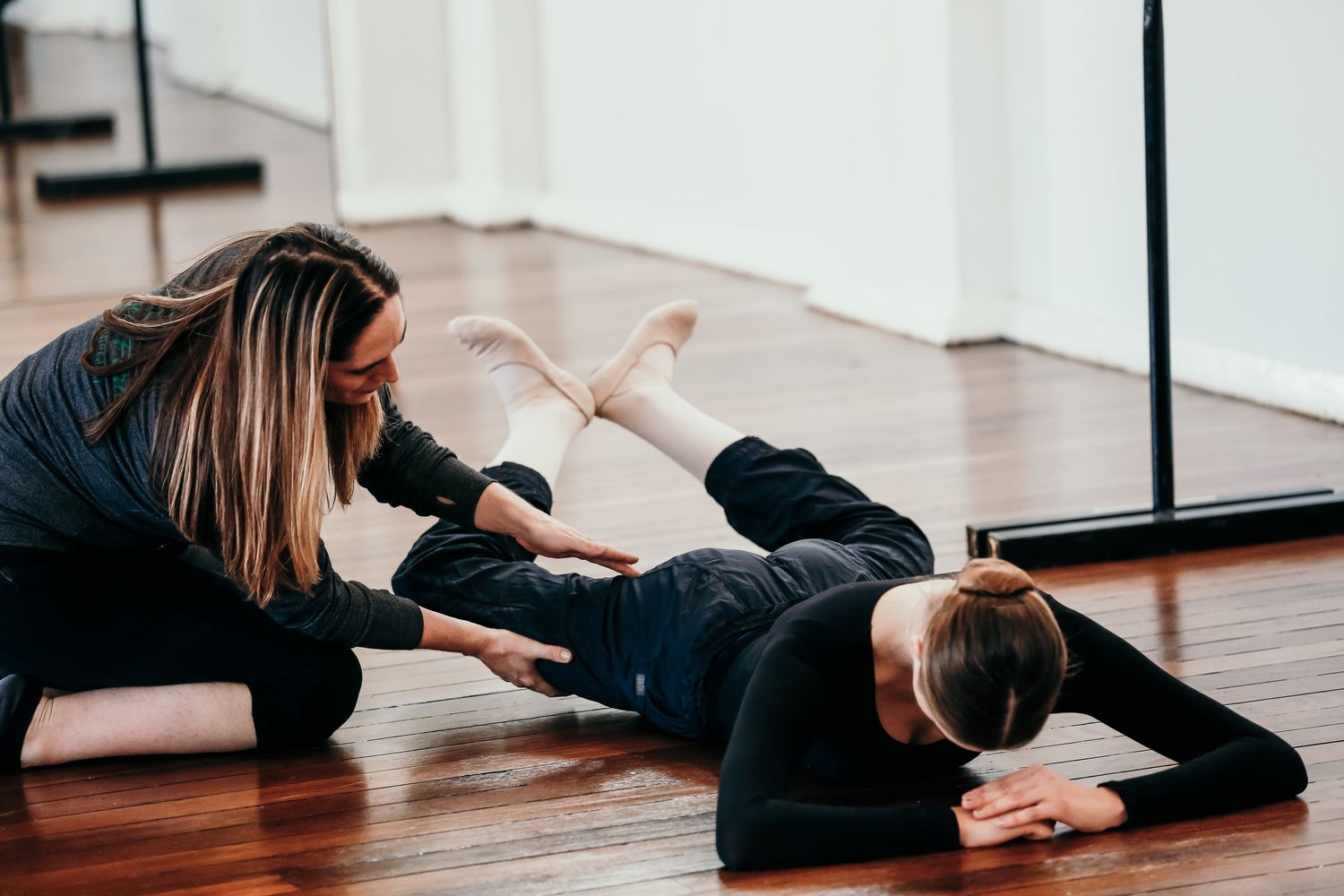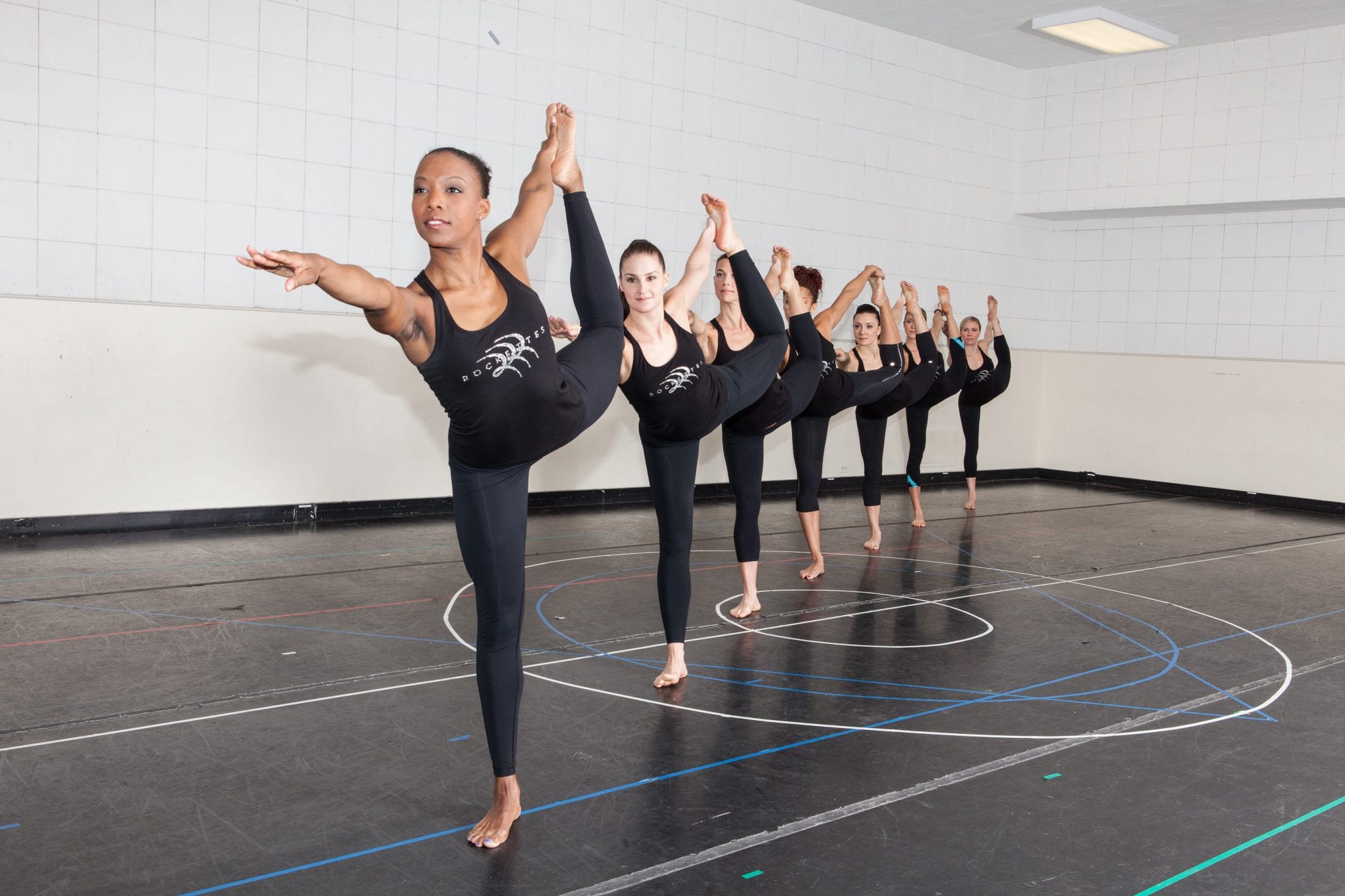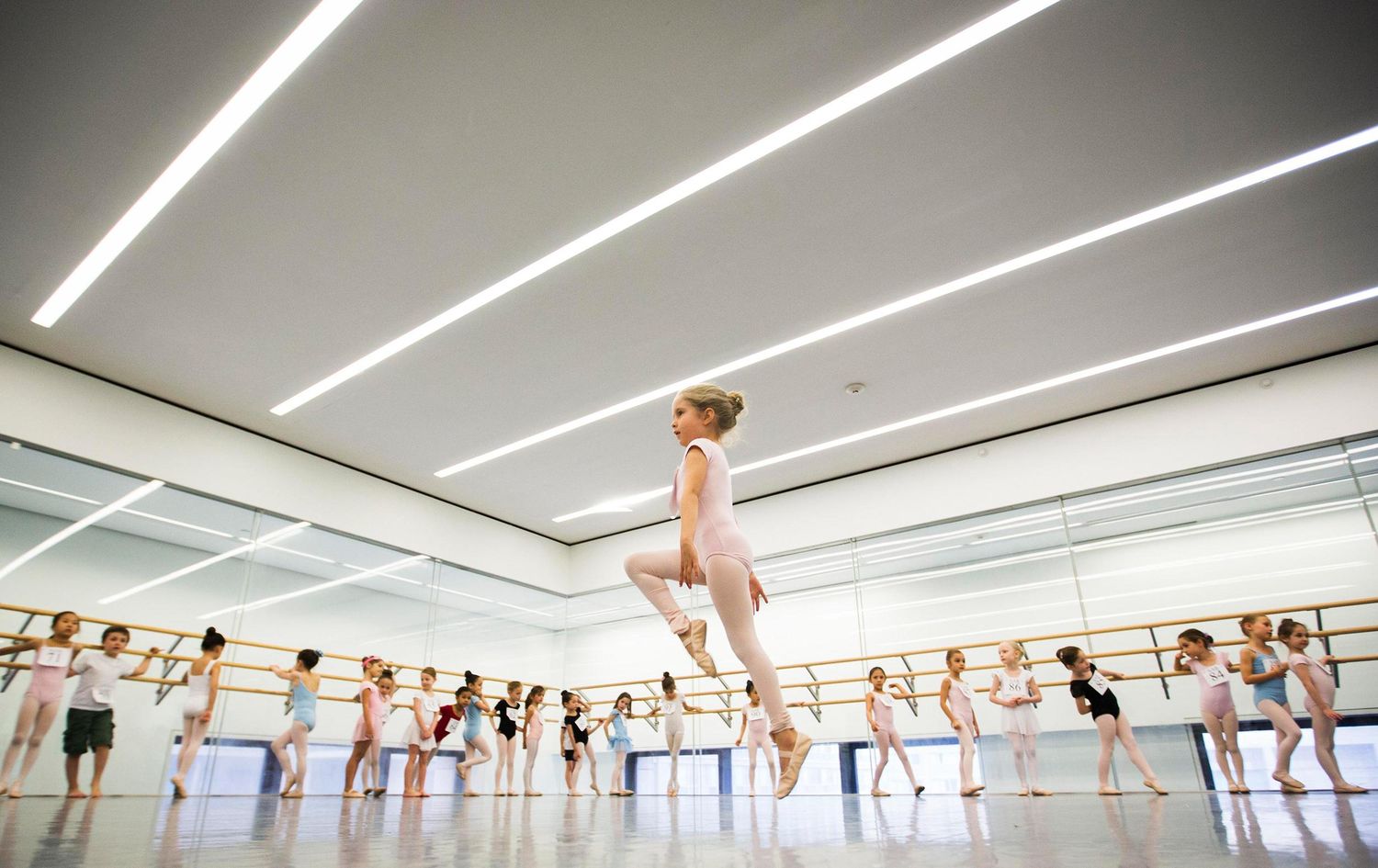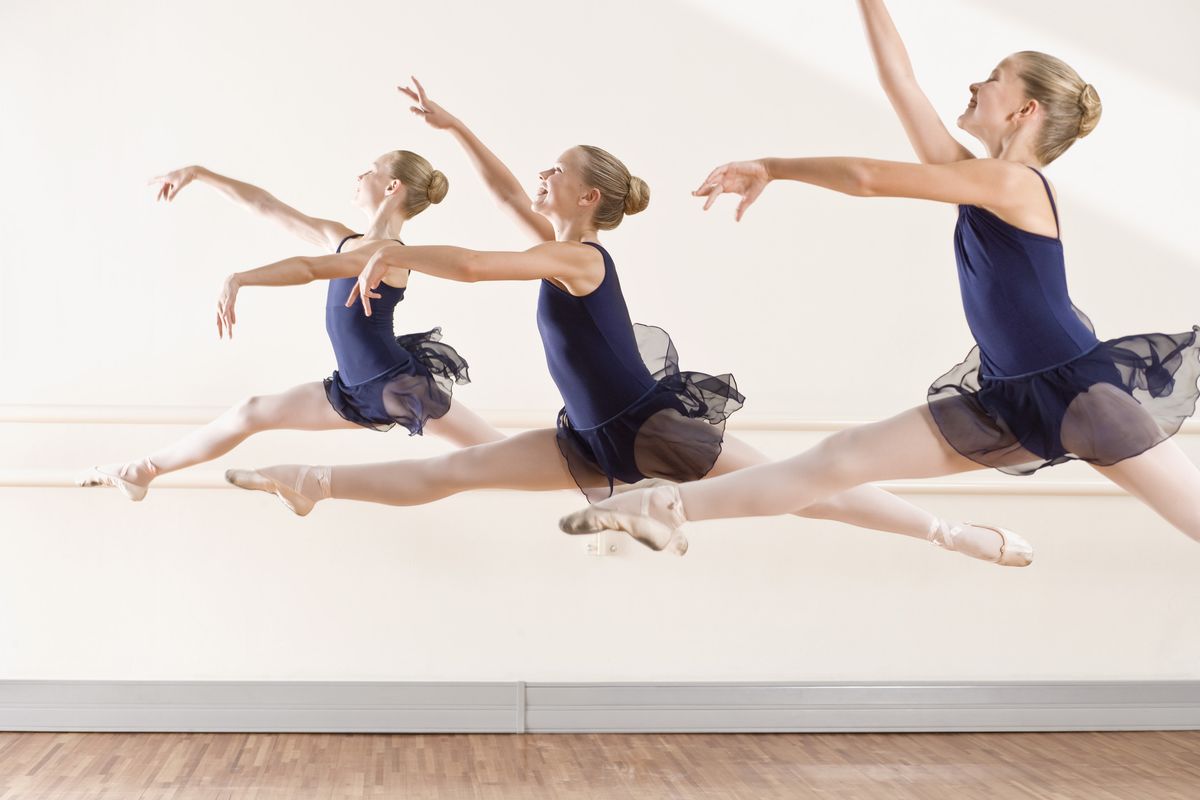Home>Events & Info>Ballet>How Do Ballet Dancers Not Get Dizzy
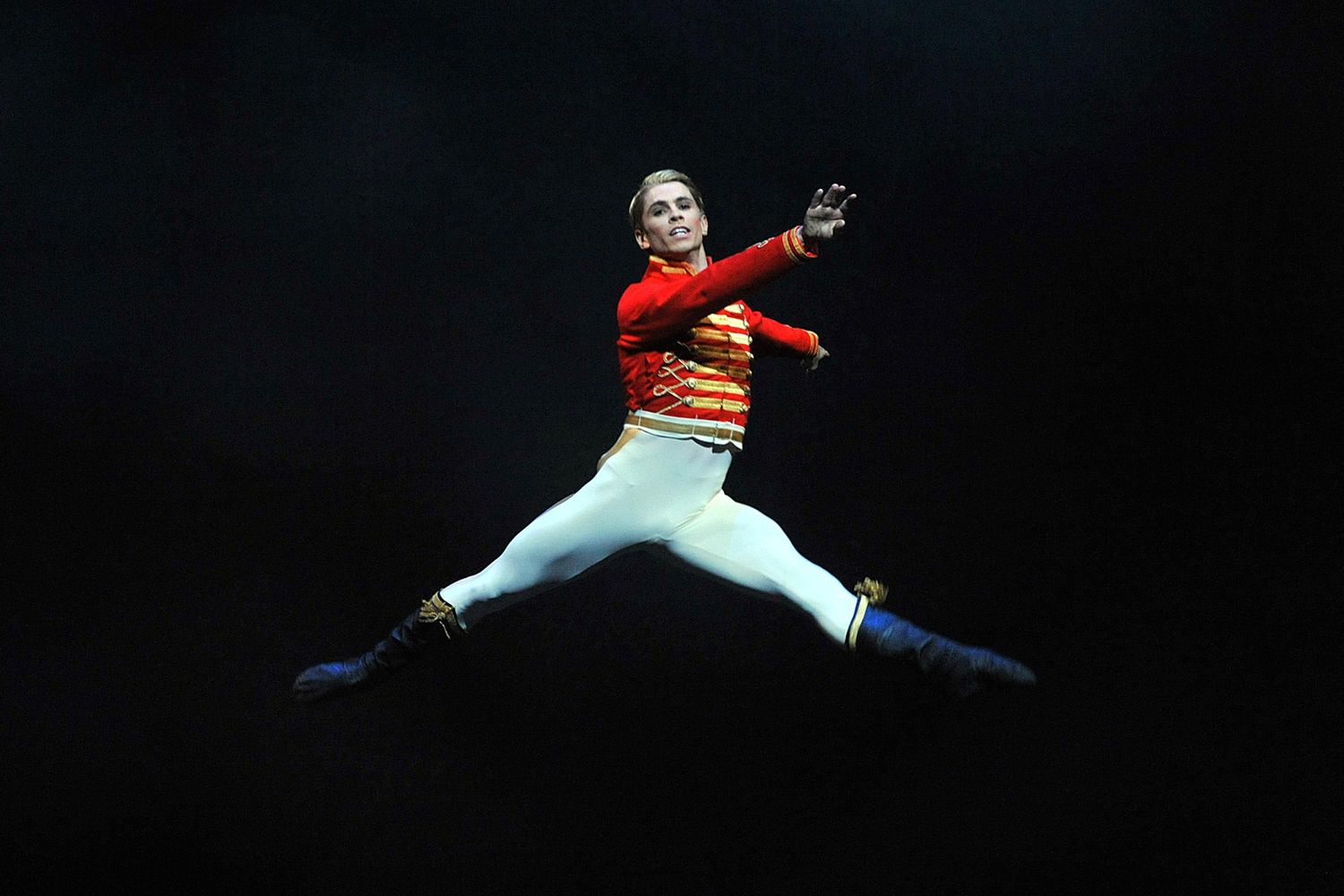

Ballet
How Do Ballet Dancers Not Get Dizzy
Modified: January 22, 2024
Discover the secrets behind how ballet dancers avoid dizziness during breathtaking performances. Learn effective techniques and tips from the experts.
(Many of the links in this article redirect to a specific reviewed product. Your purchase of these products through affiliate links helps to generate commission for AudioLover.com, at no extra cost. Learn more)
Table of Contents
Introduction
Ballet dancing is a mesmerizing art form that requires immense skill, strength, and precision. Watching ballet dancers gracefully spin and twirl across the stage can leave us in awe of their abilities. One common question that often comes to mind is: how do ballet dancers not get dizzy?
To understand the answer to this question, we need to delve into the intricate workings of the human body. Dizziness is closely associated with the inner ear and the vestibular system, which controls our sense of balance and spatial orientation. Ballet dancers have developed unique techniques and strategies to mitigate the effects of dizziness and maintain their poise throughout their performances.
In this article, we will explore the fascinating interplay of anatomy, training, and mental focus that enables ballet dancers to defy dizziness and perform with seamless grace. We will uncover the secrets behind the art of spinning without losing balance and discover the remarkable adaptations that dancers undergo to conquer this challenge.
Join us as we dive into the inner world of ballet and unlock the mysteries of how dancers defy dizziness to create visually stunning performances.
Anatomy of the Inner Ear
Understanding the anatomy of the inner ear is key to comprehending how ballet dancers manage to spin without succumbing to dizziness. The inner ear houses the vestibular system, a complex network of structures responsible for maintaining our sense of balance and spatial orientation.
Within the inner ear, there are three semicircular canals: the anterior, posterior, and horizontal canals. These canals are filled with a fluid called endolymph and are positioned at right angles to each other. When the head moves, the fluid inside these canals also moves, activating tiny hair cells that detect motion and provide feedback to the brain about changes in position and orientation.
In addition to the semicircular canals, the inner ear contains the utricle and saccule, which are responsible for sensing linear movements and changes in head position relative to gravity. These structures, along with the semicircular canals, work together like a finely tuned compass, providing crucial information to the brain about our body’s position in space.
When a ballet dancer spins rapidly, the fluid inside the semicircular canals continues to move even after they have come to a stop. This mismatch between the movement of the fluid and the absence of physical motion can result in dizziness. However, ballet dancers have developed remarkable strategies to mitigate this dizziness and maintain their equilibrium.
By understanding the intricacies of the inner ear and how it functions, ballet dancers can use this knowledge to their advantage in their quest to execute flawless turns and spins on the stage.
Vestibular System and Balance
The vestibular system plays a crucial role in maintaining balance, spatial orientation, and coordination. This intricate system within the inner ear consists of the semicircular canals, utricle, saccule, and the vestibular nerve.
When we move our heads or change positions, the fluid inside the semicircular canals moves, stimulating the hair cells that line the canal walls. These hair cells send signals to the brain, providing information about the direction and speed of head movement. This information is then integrated with visual input and other sensory cues to help us maintain our balance and stability.
For ballet dancers, the vestibular system is paramount in achieving and maintaining their balance during spins and turns. They have honed their ability to synchronize the signals from the vestibular system with their visual and proprioceptive information (receptors in the muscles and joints that sense body position), creating a seamless integration of sensory feedback.
Training the vestibular system is essential for ballet dancers. They undergo specific exercises and drills to strengthen and refine this system, enhancing their overall balance and proprioception. These exercises often involve head movements, focusing on controlled rotations and changes in position to train the inner ear to tolerate and adapt to spinning sensations.
Additionally, ballet dancers work on developing their core strength, as a strong core provides a stable foundation for all movements, including spins and turns. By engaging their core muscles and maintaining proper alignment, dancers can maintain their balance and counteract the forces of spinning.
The vestibular system, in conjunction with other sensory inputs, allows ballet dancers to achieve and maintain their remarkable balance and poise, even in the midst of rapid and intricate movements.
Adaptation and Training
When it comes to ballet, adaptation and training are essential components in the quest to overcome dizziness and perform stunning spins and turns. Ballet dancers go through a rigorous training process that builds upon their natural abilities and helps them develop the necessary skills to navigate the challenges of dizziness.
One crucial aspect of adaptation is repeated exposure to spinning movements. By gradually increasing the frequency and intensity of spins, dancers expose themselves to the sensation of dizziness and allow their bodies to adapt over time. Through this process, the brain and the vestibular system become better equipped to handle the conflicting signals and mitigate the feeling of dizziness.
Furthermore, ballet dancers utilize specific techniques and principles to maintain their balance during spins. One such technique is called “spotting.” Spotting involves quickly turning the head in a specific direction while the body continues to rotate. By fixing their gaze on a single point and then smoothly turning the head, dancers can align their vision and minimize the disorienting effects of spinning.
Training also focuses on developing a strong sense of body awareness and control. Dancers learn to engage specific muscle groups, particularly those in the core, to stabilize their bodies and maintain proper alignment. By mastering these techniques, ballet dancers are able to execute precise spins with grace and accuracy.
Ballet dancers also benefit from mental focus and visualization. They mentally prepare themselves before a spin, visualizing the movement and rehearsing it in their minds. This mental training helps them anticipate and adapt to the sensations they will experience during the spin, further enhancing their ability to maintain balance and control.
Adaptation and training in ballet involve a combination of physical, mental, and sensory refinement. Through consistent practice and dedication, ballet dancers master the art of spinning without succumbing to dizziness, delivering awe-inspiring performances on stage.
Spotting Technique
One of the most important techniques utilized by ballet dancers to combat dizziness during spins is the spotting technique. Spotting involves the coordination of head and eye movements, allowing dancers to maintain a visual focus while the body turns.
The spotting technique begins with the ballet dancer choosing a fixed spot or “focus point” in the distance. As the dancer initiates the spin, they keep their eyes fixed on this point for as long as possible. As the body continues to rotate, the head quickly executes a sharp movement to realign the gaze with the original focus point.
The purpose of spotting is to provide a consistent visual reference point while the body experiences rotation. By using the head and eyes to lock onto one spot, dancers can minimize the disturbance to their vestibular system, reducing the feelings of dizziness and disorientation.
Spotting is a skill that requires practice and refinement. Dancers learn to time the movement of their head precisely, executing the spot at the exact moment when their body is in motion. This synchronization is essential for maintaining balance and coordination throughout the spin.
In addition to helping with balance, spotting also enhances the overall aesthetics of a ballet performance. The sharp movement of the head creates a dynamic and visually captivating effect, adding a sense of control and precision to the dancer’s movements.
Ballet dancers incorporate spotting into their training routine from the earliest stages. They start by practicing slow turns, gradually increasing the speed and complexity of the spins as they build their strength and develop their technique. Through consistent rehearsal and repetition, dancers become proficient in the spotting technique, allowing them to execute multiple turns with confidence and without dizziness.
Spotting is a fundamental technique that enables ballet dancers to maintain their equilibrium, visual precision, and control during spins. It is a testament to the synergy between the visual and vestibular systems, highlighting the remarkable capabilities of the human body in the pursuit of artistic excellence.
Mental Focus and Visualization
Ballet dancers understand the power of mental focus and visualization in conquering dizziness and maintaining balance during spins. The mind plays a crucial role in controlling the body’s response to spinning sensations.
Prior to executing a spin, ballet dancers engage in mental preparation. They visualize the movement, imagining themselves gracefully rotating while maintaining their balance and poise. This mental rehearsal helps condition their minds and bodies for the upcoming spin, reducing the likelihood of feeling disoriented or dizzy.
During the spin itself, ballet dancers rely on mental focus to stay in control. They train themselves to stay present and fully immersed in the movement, directing their attention to the technique and the sensations they are experiencing. By focusing their mind on the precise execution of the spin, dancers can better manage any feelings of dizziness that may arise.
Mental focus also involves maintaining a strong sense of body awareness. Ballet dancers are attuned to every muscle and limb, constantly adjusting and readjusting their posture and alignment. This heightened awareness allows them to make minor corrections in real-time, ensuring that they maintain their stability and balance throughout the spinning motion.
Beyond mental focus, visualization plays a significant role in the success of ballet dancers. They visualize themselves successfully completing complex turns, imagining the sensation of spinning without becoming dizzy. This mental imagery helps cultivate a sense of confidence and familiarity with the movements, reducing anxiety and enhancing their ability to execute spins flawlessly.
Visualization can also be used to imagine the environment surrounding the dancer during the performance. By mentally envisioning the stage, the audience, and the other dancers, the ballet dancer can create a sense of spatial orientation and connection to their surroundings. This holistic visualization adds depth and realism to their performance, further grounding them and reducing the potential for dizziness.
Through mental focus and visualization, ballet dancers harness the power of the mind to overcome dizziness and maintain control during spins. The mind and body become unified, working together in perfect harmony to create stunning performances that captivate audiences around the world.
Conclusion
Ballet dancers possess an extraordinary ability to defy dizziness and maintain their balance during spins and turns. Through a combination of anatomy, adaptation, training, and mental focus, they showcase the beauty of their art form with remarkable precision and poise.
The anatomy of the inner ear, specifically the vestibular system, plays a significant role in maintaining balance and spatial orientation. Ballet dancers have learned to adapt and train their vestibular system to withstand the effects of dizziness induced by spinning movements.
Techniques such as the spotting technique allow dancers to maintain a visual focus while their bodies rotate. By fixing their gaze on a specific point and executing quick head movements, they mitigate the disorienting effects of spinning and enhance their stability.
Through repeated exposure and training, ballet dancers develop the necessary skills and adaptability to spin without succumbing to dizziness. Their training focuses on strengthening their core muscles, improving their balance, and refining their technique to maintain control and alignment during complex movements.
Mental focus and visualization form critical components of a ballet dancer’s ability to overcome dizziness. By visualizing their movements, mentally rehearsing the spins, and staying present in the moment, they enhance their spatial awareness and maintain a strong mind-body connection.
In conclusion, ballet dancers navigate the challenge of dizziness through a combination of physiological adaptations, rigorous training, and mental fortitude. Their ability to spin without getting dizzy is a testament to their skill, discipline, and dedication to their craft. Next time you watch a ballet performance, take a moment to appreciate the incredible abilities of these dancers as they effortlessly defy dizziness and captivate audiences with their awe-inspiring artistry.

